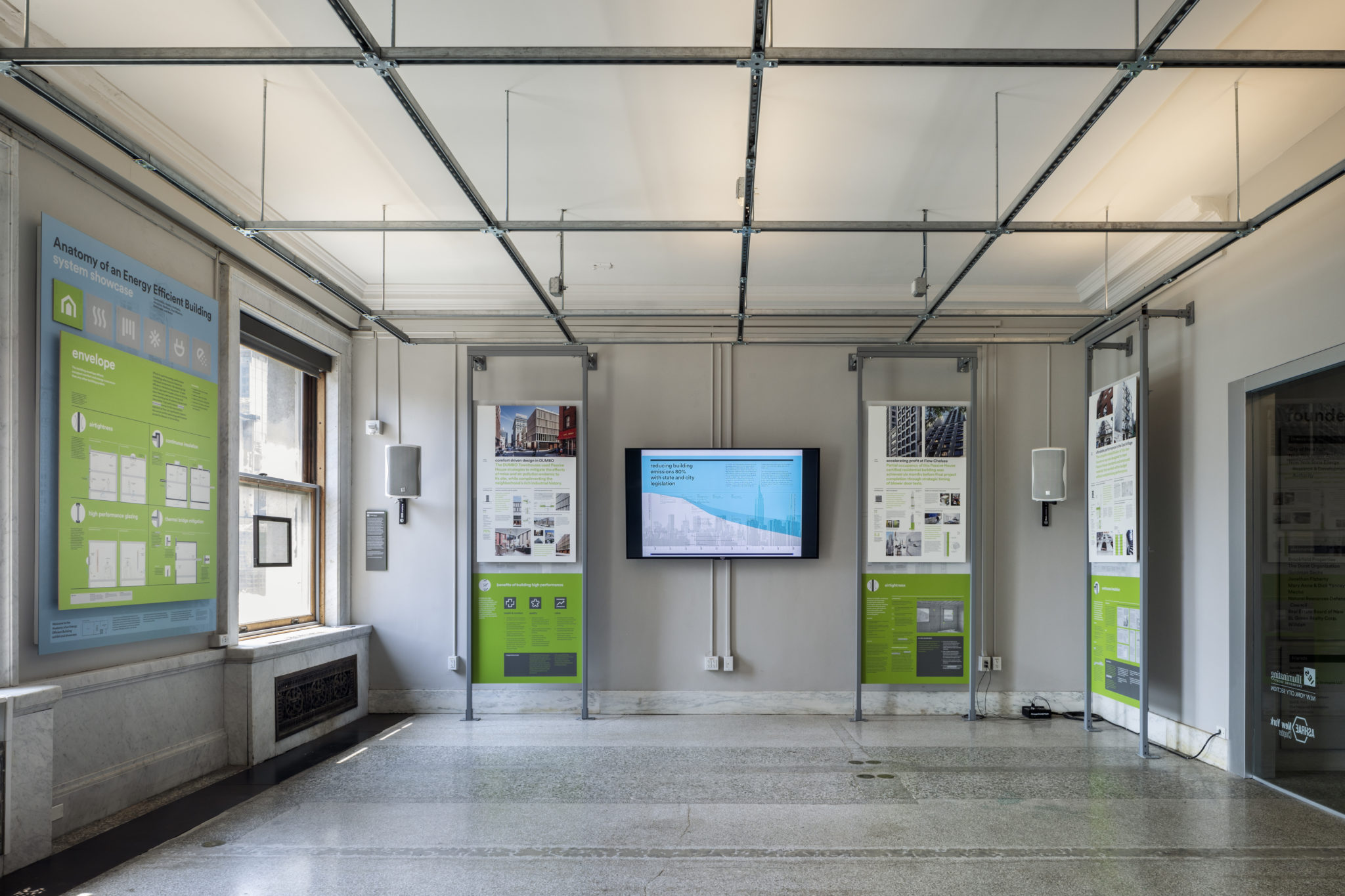

Decreased window area and improvements on the thermal resistance and reflectance on the windows result in significant energy savings. Major savings can be made by adding only 50-100 mm of insulation to the exterior walls and roof. Significant energy savings can be achieved with measures on the building envelope. Applying all measures on the building envelope results in 78 % (Riyadh) and 62 % (Jeddah) energy savings. When adding a fourth measure, improving the thermal resistance of the slab shows the highest energy savings, 71 % (Riyadh) and 54 % (Jeddah). When performing three measures the addition of improved thermal resistance and reflectance of the windows resulted in the highest energy savings, saving up to 62 % (Riyadh) and 48 % (Jeddah). The results for combined measures show the highest energy savings for two combined measures when improving the thermal resistance of the exterior walls and changing window area/distribution saving up to 52 % (Riyadh) and 39 % (Jeddah). The other single measures investigated show less than 7 % energy savings. For the exterior walls, bright/reflective surface saves up to 5 % (Riyadh) and 10 % (Jeddah) when the walls are uninsulated. Using bright/reflective surface colour on the roof saves up to 9% (Riyadh) and 17 % (Jeddah) when the roof is uninsulated.


Adding fixed shades saves up to 8 % (Riyadh) and 13 % energy (Jeddah) when dimensioned for the peak cooling load. Lowering the window to wall ratio from 28 % to 10 % and changing the window distribution results in 19 % (Riyadh) and 17 % (Jeddah) energy savings. Improvements of the thermal resistance of the exterior walls show 21 % energy savings in Riyadh and only 11 % in Jeddah. Adding insulation to an uninsulated roof saved up to 23 % and 21 % energy for Riyadh respectively Jeddah. The results from simulations of single measures show the highest energy savings when changing the window type from single clear glass to double glass with reflective surface saving 27 % energy (heating & cooling) in Riyadh and 21 % in Jeddah. Riyadh (midlands) with moderately cold winters and Jeddah (west coast) with mild winter. All simulations are carried out for two cities in Saudi Arabia, both with arid desert climate. Thereafter, combinations of the measures are investigated, based on the results from single measure simulations. First, all measures are investigated one by one. All measures are compared against a base case where the building envelope is set to resemble a typical Saudi Arabian residential. The measures considered are modifications of the external walls, modification of the roof, window type, window area/distribution, modification of the foundation, shading, exterior surface colour, infiltration rate and thermal bridges.

A two-storey residential building with 247 m2 floor area is used for the simulations. In this study, different energy efficiency measures are evaluated using energy simulations in IDA ICE 4.7 to investigate how much energy can be saved by modifying the building envelope. The aim of this study is to obtain a clearer picture of how various measures on the building envelope affects the buildings energy consumption, which can be used as a tool to save energy for buildings in the Middle East. Cooling buildings during summer is a major environmental problem in many Middle Eastern countries, especially since the electricity is highly dependent on fossil fuels. A substantial share of energy goes to the air-conditioning of buildings. Université de soutenance : Luleå University of Technology,īecause of the harsh climate of Saudi Arabia, residential buildings on average, consume more than half of the total consumed energy. Titre : Buildings in Arid Desert Climate : Improving Energy Efficiency with Measures on the Building Envelopeīyggnader i torrt ökenklimat : Energieffektivisering med åtgärder på klimatskalet


 0 kommentar(er)
0 kommentar(er)
